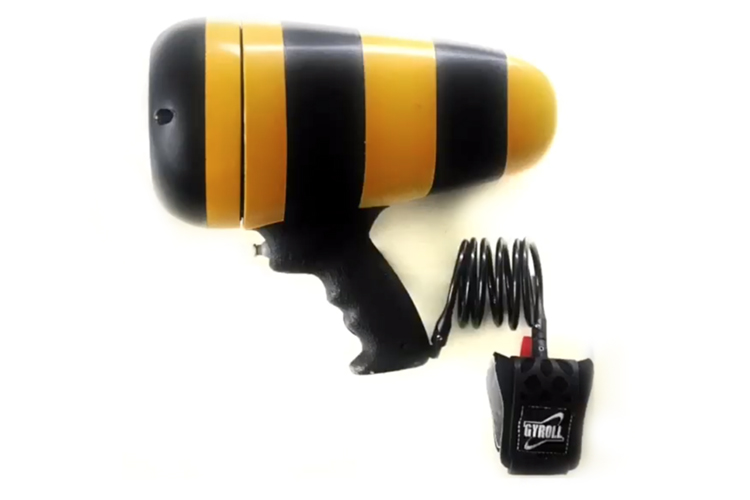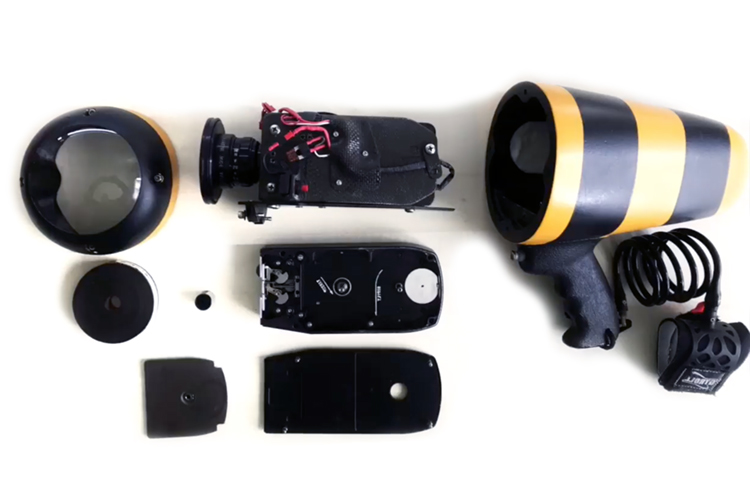Shooting surf from where the waves are breaking has not always been as easy as it is today.
Until the early 2000s, there were no GoPro cameras in the market, making water photography and underwater videography a tough challenge even for media professionals.
Back in the day, Mike Stewart - who else - designed "The Bumblebee," a waterproof camera system that allowed him to capture point-of-view images inside the barrel.
Recently, he decided to share the process he used to create it, what’s involved in operating it, and what it actually does.
One thing is clear: it shooting high-quality videos in the water required creativity and perseverance.
"I worked with Taro Pascual at Water Housing to mount the port, the handle, and some of the trigger mechanisms. This was the most compact shape I could come up with, so I wrapped the camera in cellophane and started shaping the form that I was after," explained Mike Stewart.
"I worked with my friend John Puakea in the carbon Kevlar housing. The camera used was a military 1VN high-speed 16mm film camera, which they used to record aerial dogfights."

No Room For Mistakes
The shooting process was complicated and involved complex logistics.
"When you shot at a maximum frame rate, you only had about 20 seconds before you had to reload the camera, which entailed bringing it back to the boat or back to shore," adds the Hawaiian waterman.
"Then, you add to disassemble the camera, pull out the magazine from the housing and then pull the film in a dark bag out of the magazine, get it into a lightproof box, and then rethread the new film back through the gate and onto the spool, reassemble the magazine onto the camera, reload the camera in the housing, and get back to the lineup."
Mike Stewart's early POV footage can be seen in Thomas Campbell's movie "Sprout."
"The streamlined design of the housing was great for getting around the lineup. It allowed me to position myself a lot easier than the bigger housings of that time. The other benefit to the housing was that it was so compact and easier to manipulate and move. I was able to get some really cool angles of my board, scenes from "Sprout."
"The camera performed well in point-of-view scenarios. It was small enough that you could pan around inside the barrel and explore and record parts of the wave that I previously wasn't able to.
A lot has changed in the first two decades of the 21st century. But Stewart's vision remains untouched. "The Bumblebee" was just one of the many innovations he introduced in watersports.
"I have been fortunate enough to see 'The Bumblebee in action. It was quite an amazing piece of work," concluded Rob Machado.
